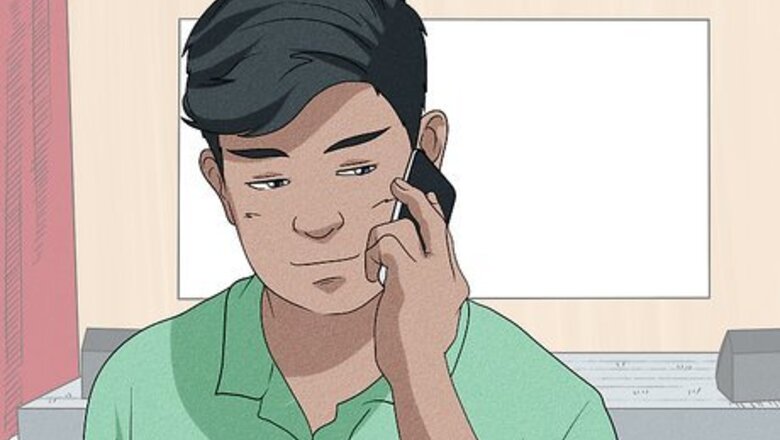
views
- The only sure way to use copyrighted material in a YouTube video is to get a license or permission from the copyright owner.
- The Fair Use doctrine allows you to use copyrighted material without the owner's consent if it's used for educational, review, commentary, or parody purposes.
- If you get a copyright claim or strike in error, you can dispute it on YouTube Studio.
Uploading Copyright Material
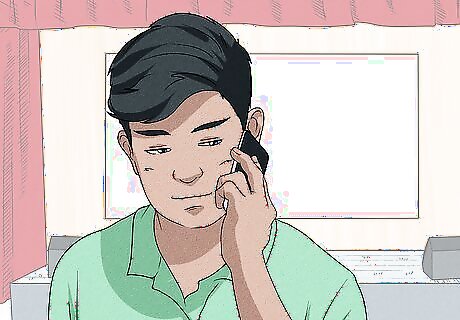
Ask the content owner for permission. Generally speaking, you will need to get the copyright owner's permission to upload copyright material to YouTube. To do so, you'll need to contact the owner and negotiate the terms. Some major studios and record labels have contact information on their official web page. Some websites allow you to license copyrighted songs for a one-time fee or a monthly subscription. Some of these websites include: Licked.co, Epidemicsound, and Easysong.com. If you get permission to use copyrighted material, make sure you read and understand the license agreement. There may be stipulations in the agreement that must be adhered to. For example, the license agreement may stipulate how much of the material you are allowed to use and require you to credit the original artist or copyright holder. Failure to do so may result in a copyright claim or strike.
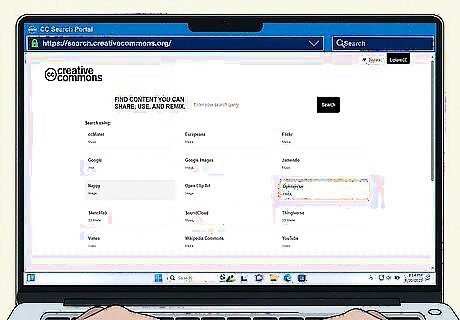
Use royalty-free content. Royalty-free content is content is cleared for use in other material. This could be public domain (over 70 years old), licensed for Creative Commons, or stock music or footage that can be licensed for use in other materials. Some places you can find royalty-free content include: Creative Commons image search. Free Music Archive Pixabay stock video and image search. Artist.io
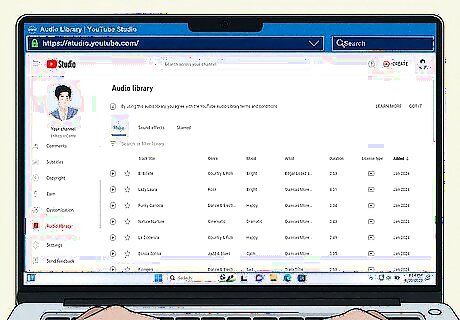
Use the YouTube Audio Library. YouTube has a built-in library of music and sounds you can use in your videos. Some songs and sounds may require you to credit the original artists. You can access the YouTube Audio Library by logging into YouTube Studio and clicking Audio Library in the menu bar to the left.
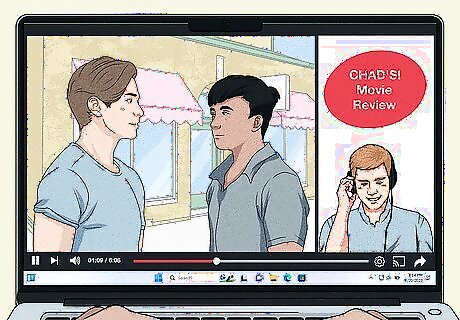
Use the Fair Use doctrine. The Fair Use doctrine is a loophole that allows you to use copyrighted material in your own work without the copyright holder's permission as long as it is used for educational, review, commentary, or parody purposes. Your video must be about the work you are using. For example, if you want to do a movie review, you can use clips from the movie you are reviewing without permission from the copyright holder. Alternatively, you could make an educational video about a particular book and use passages from that book in your video. The Fair Use doctrine won't protect you in all circumstances. Your video must be about the material you are using. You are also limited in how much of the material you are allowed to use. It comes down to your intent and how much of the material you used.
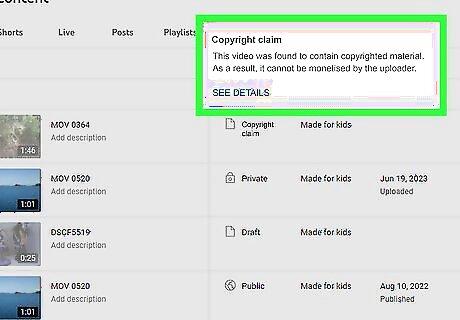
Dispute a copyright claim or strike. If you believe you got a copyright claim or strike in error—either you have a license or permission to use the material, or you believe it qualifies as Fair Use—you can dispute the claim. Copyright claims don't necessarily negatively impact your channel. You should only dispute a claim if your video was muted or demonetized. However, if you get a strike, your video will be taken down, and if you get three strikes in 30 days, your channel will be terminated. Use the following steps to dispute a copyright claim or a strike: Log in to YouTube Studios. Click Content in the menu bar to the left. Hover over Copyright next to the video with a claim or strike you want to dispute. Click See Details. Click Select Action. Select Dispute and click Continue. Check the box next to "My dispute isn't based on any of the reasons above." Click Continue. Choose why you dispute the claim and click Continue. Fill out the rationale form and click Continue.
Common Mistakes to Avoid
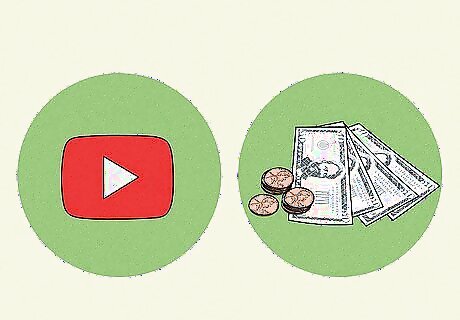
Not monetizing your video. Many people think that they can freely use copyrighted material if they don't monetize a video and they're not making money off of it. This is not true. You can still get a copyright claim or strike, even if your video is not monetized. Copyright holders also have the right to run ads against your video and claim the ad revenue for themselves.
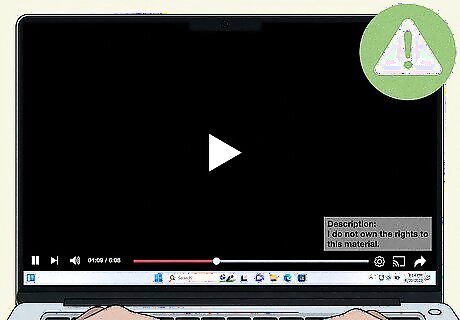
Stating you do not own the rights to the material. Many people think they can use copyrighted material if they say, "I do not own the rights to this material" in the comments or description. This is false. All you are doing is publicly stating that you are using copyrighted material illegally.
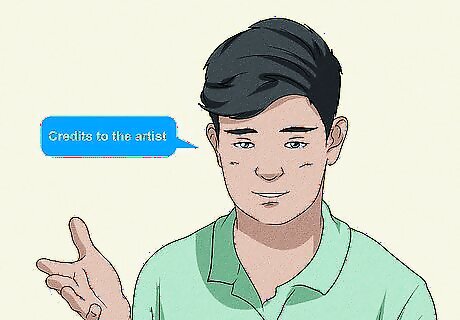
Giving credit to the artist. When using copyrighted material in your videos, it is always proper to give credit to the original artists. However, crediting the original artist does not mean you have permission to use their material. You can only use their material if they say you can use it.
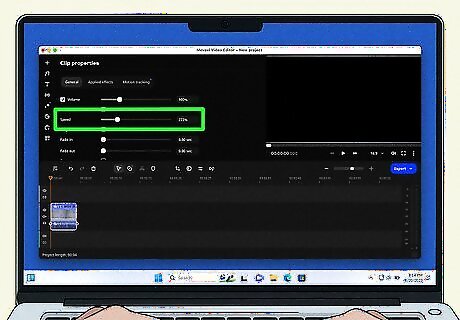
Editing or slowing the material. Many people try to trick YouTube's Content ID check system by altering the material, speeding it up, or slowing it down. This does not mean you are allowed to use the material. This may trick YouTube's Content ID system for a time, but it is getting better at identifying copyrighted material. You will likely get caught eventually.
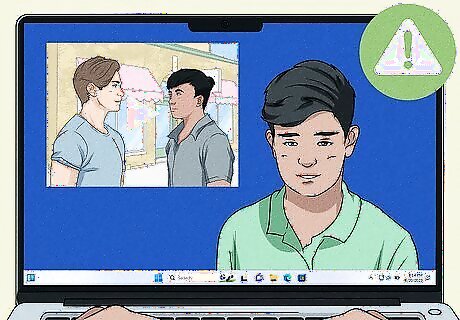
Using a small snippet of the material. You can still get a copyright claim or strike, even if you only use a tiny portion of the copyrighted material.












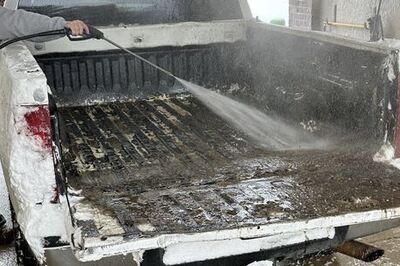
Comments
0 comment